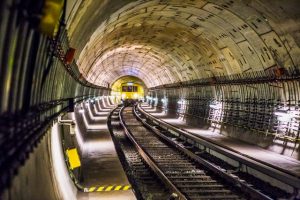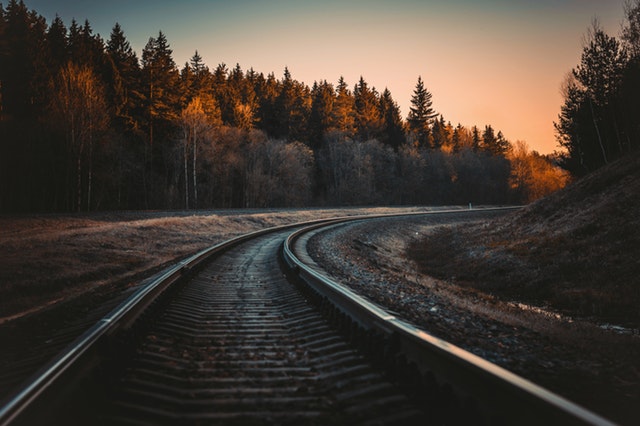Train trestles and railroad bridges go back to the industry beginnings that happened around the 19th century. Before the development of iron, then steel the bridges were made of wood or stone. In this time the engineers designed beautiful and somewhat harrowing bridges that made us all wonder how it would even hold a heavy train. After the iron came to the steel and it began to be used widely in the later time of the 19th century. New bridge designs were created and among them were beams, trusses, spans and girders. Now, today there are nay stone bridges with arches that were built among the 19th century and they remain still due to the exceptional way they were created. Most are on the national historic landmarks or the national register with names like Starrucca viaduct in Pennsylvania and Thomas viaduct in Maryland.
The construction for the North Metro Rail line and bridges are one of the first things that were ever built.
Here we look at the main phases for bridge construction:
- Early work
- Structure
- Track and systems
Stage 1:
Bridge construction in phase 1 consists of getting permits, surveying, traffic management plans clearing the construction site and removing all debris. This may also include low loaders or cranes specific to construction. The area will need to be prepared where supplies and equipment are going to be stored.
Stage 2: This stage is structural work here is where the foundations are created and then comes the construction of the walls that will hold up the bridge the piers that support the middle and the girders that sit on top of the piers and abutments. The deck is then poured which is the top of the bridge then the finishing touches take place.

Stage 3: During this stage, the track and systems are completed. This included the railing the communication signals systems and connecting up the electrics systems for the overhead contact wires and the overall supply power system.
Although bridges have different designs and styles, they all have something in common which is being able to support their own weight. This included the dead weight of the bridge along with the weight of the traffic that goes over it. Designers and engineers need to take several factors into place like weather conditions, earthquakes, strong winds when they are coming up with designs.
There are many different elements that bridges have in common and one is the fact that they all have piers that hold up the centre of the bridge with abutments that offer support for the end of the bridge. The span is the distance between the two different supports and each support is then a foundation that transfers the force into the substrata of the earth.
The engineers will need to decide on what type of bridge needs to be built which will be based on the load that it must support, how far it needs to reach, and the forces of nature need to be considered also. There are many different bridges some know as the beam bridge, arch bridge, suspension bridge and truss bridges.
Bridges will also undergo certain testing and procedures before the bridge is allowed to open to the public and have traffic going over it. Once the bridge has gone through the significant testing will it then be allowed to be opened using slab cranes or other equipment. If there are concerns or the bridge has not passed 100% it will be fixed and then undergo testing again to ensure everything is ready.
